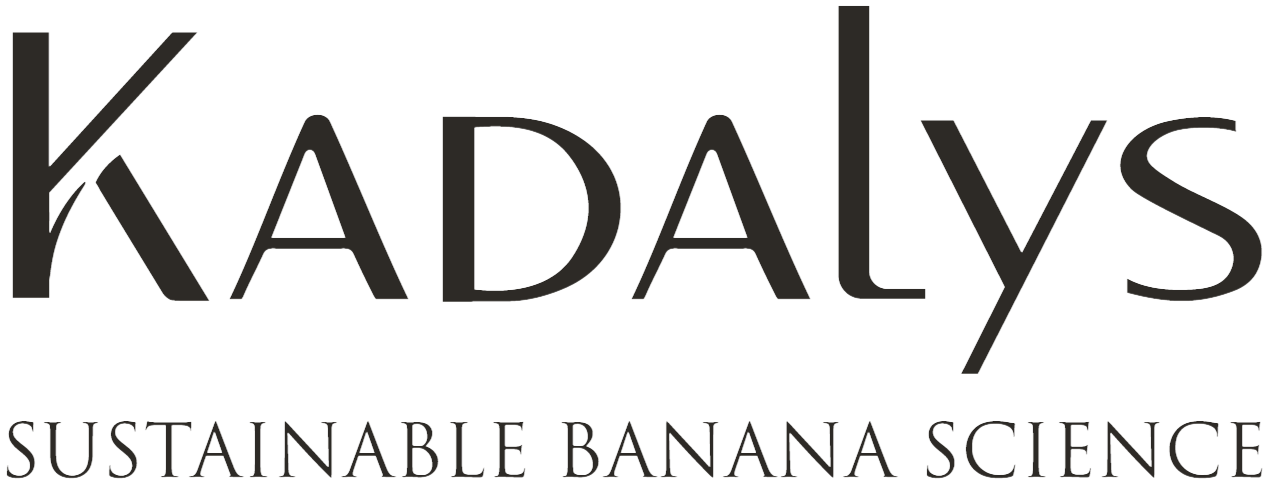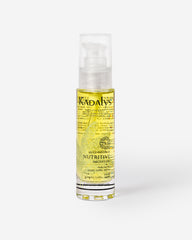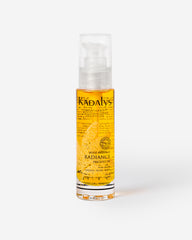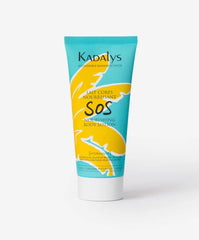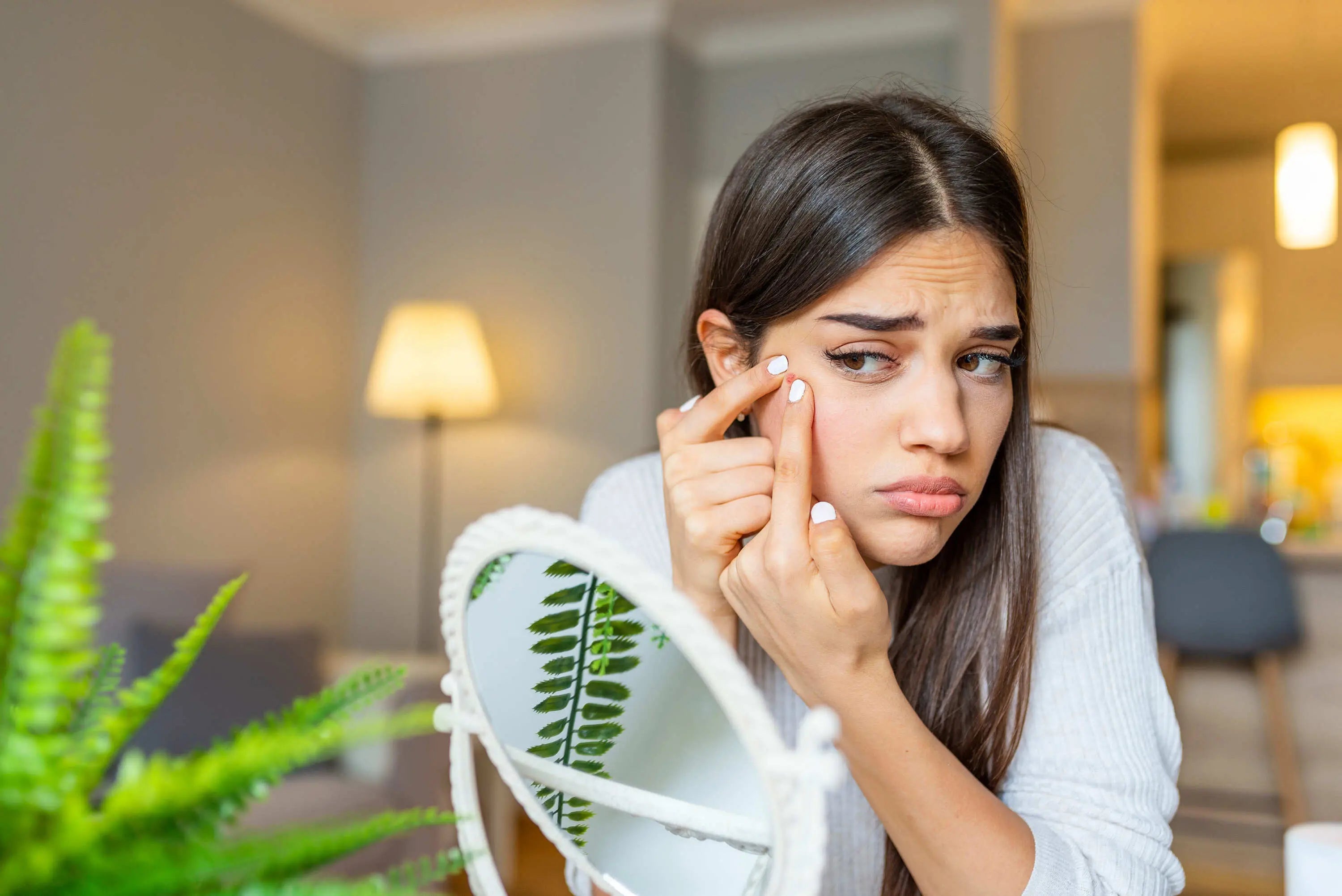
Post-sun acne: understand everything about the rebound effect
Who doesn't love spending sunny days at the beach, basking in UV rays to get that much-desired tan? However, if you have acne-prone skin, this sun exposure can sometimes lead to the dreaded rebound effect. In this article, we will explain everything about post-sun acne and how to avoid this phenomenon.
SUMMARY
- Understanding the risks and effects of the sun on the skin
- Where does the rebound effect come from?
- How to prevent it?
Understanding the risks and effects of the sun on the skin
When you go out into the sun, you may notice that your acne seems to temporarily improve or even disappear almost completely. This is mainly due to two factors: the anti-inflammatory effect of the sun and the increased production of melanin . First of all, the sun has an anti-inflammatory effect on the skin. UVB rays from the sun can temporarily reduce inflammation caused by acne breakouts . This can make redness and irritation less noticeable, giving the illusion that your acne has improved. Additionally, sun exposure can cause slight drying of the skin, which can help reduce the appearance of breakouts. Next, sun-induced tanning can also mask the appearance of acne. When your skin is exposed to the sun, skin cells produce more melanin, the pigment responsible for tanning. This melanin acts as a protective barrier against UV rays, by absorbing part of their energy. Thus, tanned skin can camouflage the redness caused by acne, making pimples less visible.
Where does the rebound effect come from?
The rebound effect is the result of a series of factors interacting together. First of all, when you expose yourself to the sun, ultraviolet (UV) rays have a significant impact on the skin and sebaceous glands . One of the consequences of this exposure is thickening of the skin, a phenomenon called hyperkeratinization . This phenomenon occurs when skin cells produce and accumulate an excessive amount of keratin , a fibrous protein found naturally in skin, hair, and nails. Normally, keratin naturally exfoliates and moves to the skin's surface to be removed. However, under the influence of UV rays, the exfoliation process can be disrupted, leading to the accumulation of keratin in the pilosebaceous follicles .
When pilosebaceous follicles are clogged with excess keratin, sebum (oil naturally produced by the sebaceous glands) cannot drain properly, creating an environment conducive to clogged pores. This obstruction encourages bacterial overgrowth and inflammation, which can lead to the formation of new acne spots, blackheads, and microcysts .
In addition to the formation of new acne lesions, sun exposure has the potential to cause increased pigmentation of existing acne scars . UV rays stimulate the production of melanin in the skin, which causes scars to become more discolored and more visible. This is why it is crucial to properly protect your skin from the sun to avoid this unwanted hyperpigmentation .
In addition, the effect of the sun on the skin can disrupt the skin's balance . Indeed, the sun tends to cause inflammation of the skin, thus making your epidermis more sensitive and reactive . This increased sensitivity can increase your risk of developing new acne spots .
It is important to note that the rebound effect of acne varies from person to person depending on various factors such as skin type , sensitivity to UV rays, and genetic predispositions. Some people may not experience a rebound effect after sun exposure, while others may be more sensitive to this skin reaction.
How to prevent it?
Now that you know where the rebound effect comes from, let's look at how you can prevent that post-sun rash.
- Skin cleansing
Gentle and regular cleansing is essential to eliminate impurities and excess sebum without damaging your skin. Choose a gentle cleanser specially formulated for acne-prone skin . Avoid products with irritating ingredients such as alcohol or perfumes, as they may make your acne worse. Cleanse your face morning and evening, and after prolonged exposure to the sun, to rid your skin of sunscreen residue and impurities accumulated during the day. You can also complete this step with a scrub to unclog pores and remove dead cells . Limit the exfoliation step to once a week so as not to make your skin even more sensitive to the sun.
- Hydration
After prolonged exposure to the sun, your epidermis may lose water and moisture, which can leave your skin dry, sensitive and uncomfortable. To restore and preserve the hydration of your skin, choose light, non-greasy care products specially formulated for acne-prone skin . Well-hydrated skin is more resilient and better prepared to face external aggressions.
- Sun protection suitable for acne-prone skin
Appropriate sun protection is essential to avoid the rebound effect. The sun's UV rays can be particularly damaging to acne-prone skin, so it's crucial to use sunscreen specifically designed for acne-prone skin . Opt for a non-comedogenic sunscreen that won't clog pores, and make sure it offers broad-spectrum protection against UVA and UVB rays with an SPF suited to your skin's sensitivity . Apply sunscreen generously to your entire face and neck before going out in the sun, and repeat the application every two hours, especially if you sweat profusely or go swimming. Don't neglect sunscreen the rest of the year and opt for protection with a minimum factor of 30.
- Avoid harsh cosmetic products
When dealing with the rebound effect of acne, it is essential to avoid the use of cosmetic products that could worsen your skin's condition. Avoid products that contain mineral oils , fragrances , or dyes . Instead, opt for non-comedogenic makeup and skincare products specially formulated for acne-prone skin.
